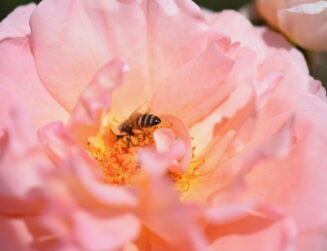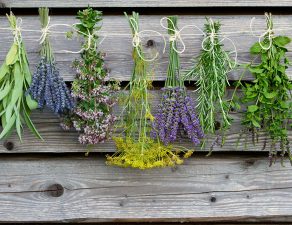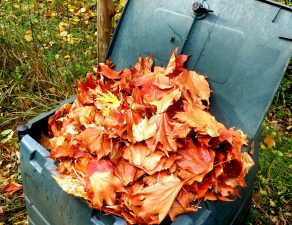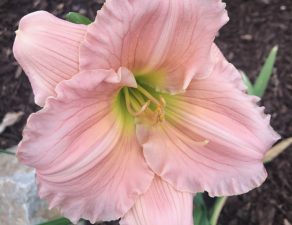
Nothing in the garden says “summer” quite like growing sunflowers. Most gardeners grow sunflowers purely for their cheerful, decorative appeal, but they do have additional purposes. The large, bright blooms will draw pollinators to your garden, which can be important if you also grow vegetable crops. You can also harvest the nutritious seeds, roast them, and enjoy alone or sprinkled on salads.
So, if sunflowers appeal to you, here’s how to get started.
Choose the right spot. Sunflowers prefer 6-8 hours of direct sunlight, and slightly acidic to alkaline soil (pH of 6.0 to 7.5). You should provide them with loose soil and plenty of room to spread their roots, so turn the soil in your bed at a depth of about two feet.
Plant your seeds. If you’ve chosen a larger variety of sunflowers, make sure to space them about 30 inches apart. Plant seeds no more than one inch deep in the spring. If you want, you can sow several seeds together and then thin the plants later. You might also choose to stagger plantings over five to six weeks, so that you’re ensured continuous blooms all summer.
Protect your seeds. Sometimes birds will scratch around in the garden, looking for seeds to eat. If this appears to be a potential problem, cover your beds with a thin netting until seedlings appear.
Feed your sunflowers. Sunflowers are heavy feeders, and prefer soil that is rich in organic matter or composted manure. A light application of fertilizer at planting time can help your flowers develop strong roots. Be careful not to over-fertilize throughout the growing season, as this leads to fragile stems in the fall.
Water your sunflowers. Young plants should be watered around the root zone until well established. Then, infrequent but deep watering is preferred.
Consider support. The taller varieties of sunflower might need support. Bamboo stakes serve this purpose well, or you might consider building a sunflower tower.
Harvest your seeds. If you want to harvest sunflower seeds, take a look at the back of the flower heads. They will turn from yellow to green and finally brown. At this point, you can cut off the heads and remove seeds, or hang them upside-down to dry.
You might be most familiar with the Mammoth variety of sunflowers, which can grow to 8 feet tall. However, many other varieties have been cultivated, and some top out at only 15 inches. Come visit our nursery, and we can help you decide which type of sunflower best suits your space and aesthetic preferences.







